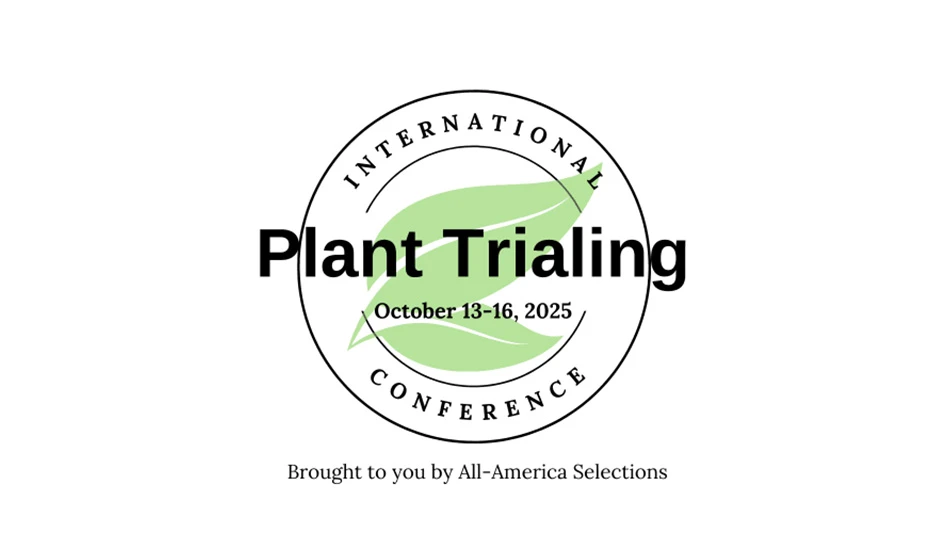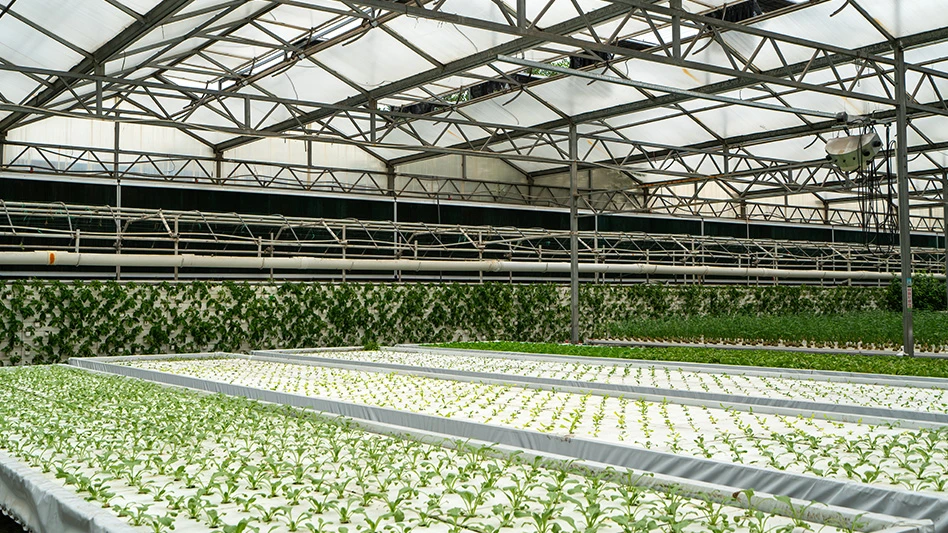 It started like a rumor, Ebola. Something that was whispered about and feared but only by a select few. Then, one day and without warning, everyone who knew about it was filled with panic. Ebola dominated news coverage and blog posts. Newspapers drowned the topic in ink. Ebola became a terrifying possibility that washed ashore in the United States and the horror it inspired was a contagion populating from coast to coast.
It started like a rumor, Ebola. Something that was whispered about and feared but only by a select few. Then, one day and without warning, everyone who knew about it was filled with panic. Ebola dominated news coverage and blog posts. Newspapers drowned the topic in ink. Ebola became a terrifying possibility that washed ashore in the United States and the horror it inspired was a contagion populating from coast to coast.
The nations most afflicted by Ebola have been Guinea, Sierra Leone and Liberia, according to the World Health Organization (WHO). A combination of weak health systems, lack of infrastructure and a lack of resources have contributed to the disease’s spread; making this, WHO says, the worst outbreak since Ebola was first discovered in 1976.
In early 2014, the disease was mostly confined to West Africa. By late last year nearly 14,500 people in that region were afflicted, more than 5,000 of them died, according to the Center for Disease Control; but Americans had been, to that point, securely insulated. Then in the waning summer months, a pair of American missionaries stationed in Liberia were infected. They were transported to Atlanta, Ga. where they received treatment. More Americans were subsequently infected, including health-care workers who became ill while working stateside.
That was the first time another rumor sliced through the noise and rose to dominate the zeitgeist. Doctors and researchers were treating the infected with an experimental drug called ZMapp. In the ensuing disease-hysteria, ZMapp seemed like a mystical hope, a drug that might battle back this seemingly unstoppable disease.
The quesions loomed: Did it work? Where did ZMapp come from?
Turns out, the answer was simple: plants.
Harvesting medicine
Owensboro, Ky. is the fourth largest city in the bluegrass state. Situated on the banks of the Ohio River, the municipality’s website bills it as the “industrial, medical, retail and cultural hub of western Kentucky.” The 2013 United States Census listed the population as 58,416.
Housed amid the city’s other medical facilities is an operation called Kentucky BioProcessing (KBP). Formed in 2006, the company grows and harvests plants that are then processed for their target proteins; they develop biopharmaceuticals — medicinal products developed from a “variety of natural sources (human, animals and microorganisms),” according to the Food and Drug Administration (FDA). Prior to the Ebola outbreak, KBP existed mostly in anonymity.
 But then ZMapp became a buzzword and the company was pushed into the spotlight.
But then ZMapp became a buzzword and the company was pushed into the spotlight.
Mapp Biopharmaceutical, Inc., manufactures ZMapp. The National Institute of Health (NIH) supported the early development and preclinical testing of the drug.
Jennifer Routh, scientific communication editor for the National Institute of Allergy and Infectious Diseases (NIAID), a branch of NIH, says Mapp Biopharmaceutical sources from KBP.
“[ZMapp] is composed of three different proteins called monoclonal antibodies. The antibodies in the cocktail are currently manufactured in tobacco plants at Kentucky BioProcessing,” she says.
KBP grows indoors, in rooms that are fully contained without natural light. Everything is environmentally controlled. A series of computer systems monitor all of the growing parameters. Jennifer Poole, lead manager plant growth for KBP, says the plants are grown in custom-made 104-cell trays, with typical light-dark cycles and water soluble fertilizer.
“Nicotiana benthamiana [a close relative of tobacco] is the variety used as a biopharmaceutical host,” she says. “Ideal plants are identified via a specification tied to height and leaf-to-stalk ratio. All plants must also be examined to ensure there is neither disease nor wilt.”
Target products are inserted into the plant via a transient transformation process that will typically occur 24-30 days after seeding.
The first biopharmaceutical expressed in a tobacco plant was approximately 25 years ago, according to Poole. In those early days, products resulted from a stable genetic modification of the plants (stable modification meaning that each subsequent generation of the plant would include the new trait). As technology developed, transient transformation — which affects individual plants — became more popular because of its comparative speed. Transient technology utilizes a standard vector into which a gene is inserted. The vector, typically a plant specific virus or agro-bacteria, is then applied to the plant and the individual plant recognizes the new gene and begins to produce the desired protein.
Poole says the exact time of transformation is product dependent.
“The transient process means that the genetic modification occurs on a plant-by-plant basis without a requirement for making permanent modification to the host plant seed,” she says.
Post-harvest, plants are disintegrated and clarified down to target proteins. Poole says KBP uses industry-standard filtration and clarification techniques.
“It starts with a green milkshake-like consistency liquid and clarifies down to a clearer liquid,” she says. “At this point, the liquid is subjected to chromatography [a laboratory method for separating mixtures] and purification techniques that are typical of biopharmaceutical products.”
In the North Country
On Mapp Biopharmaceutical’s website, it’s noted that the development of ZMapp was a collaborative effort between several privately held entities and the public sector, including: KBP, Mapp, the Public Health Agency of Canada, Defyrus, the U.S. Army Medical Research Institute of Infectious Diseases (USAMRIID) and others. Today, more entities are involved with ZMapp production, including Canadian company Medicago.
In February 2015, Medicago announced that it had received a task order from the Biomedical Advanced Research and Development Authority (BARDA) for three anti-Ebola virus monoclonal antibodies with expected performance comparable to ZMapp.
But battling Ebola was not the first time Medicago’s facilities had been utilized for efforts in containing and defeating international emergencies and pandemics. The company produced candidate vaccines for H1N1 (Swine Flu) in 2009 and H7N9 in 2013 (Avian Flu). Each time it took a mere 19 days to produce those vaccines.
Medicago was founded in 1999; the result of a cooperation between the Canadian Ministry of Agriculture and Laval University. Around 2004, the company became research and development focused, with an eye on creating vaccines.
In 2009, the company’s results on potential H1N1 vaccines drew interest from Defense Advanced Research Projects Agency (DARPA). Medicago then installed a new production facility in 2010, with DARPA’s support, and churned out 10 million doses of H1N1 vaccine in a single month.
Today, Medicago has 300 employees, 200 in Canada and 100 in the United States.
Jean-Luc Martre is with Medicago’s Government Affairs and Communications department. He says that his company grows Nicotiana benthamiana, similar to KBP. The plant has no agricultural use (food, feed, fiber or ornamental) but has become a common model organism within the field of virology.
“Of potential species screened, N. benthamiana was selected due to its demonstrated success in transient transformation, compatibility with Medicago’s expression toolbox and its capacity for massive expression of recombinant proteins,” he says.
To describe his company’s growing procedures, Martre used his company’s influenza virus-like particles (VLP) production platform as a basis.
 The crop is grown in a strictly controlled greenhouse environment and the crop management program consists of two phases: plug growth and individual pots. The company uses peat-moss growing media, warm temperatures (greater than 75 degrees Fahrenheit) and a long photoperiod (16 hours or more). Each greenhouse’s conditions are tailored to geographic location, an attempt to account for differences in daylight and temperature. Accordingly, each site develops its own fertilization program and utilizes different irrigation technology (overhead, sub-irrigation, drip tapes, etc.).
The crop is grown in a strictly controlled greenhouse environment and the crop management program consists of two phases: plug growth and individual pots. The company uses peat-moss growing media, warm temperatures (greater than 75 degrees Fahrenheit) and a long photoperiod (16 hours or more). Each greenhouse’s conditions are tailored to geographic location, an attempt to account for differences in daylight and temperature. Accordingly, each site develops its own fertilization program and utilizes different irrigation technology (overhead, sub-irrigation, drip tapes, etc.).
To obtain plants ready for infiltration, about 30 to 40 days of growth is required. Once the proper development stage is reached, plants are released as raw material for the infiltration-based transformation and genetic material coding for the influenza hemagglutininis are introduced into plant cells. Then plants are placed in incubation for four to nine days. During incubation, the plants’ leaves express and accumulate VLPs, displaying the hemagglutinin antigen (virus-related proteins) on their surface. For that reason, incubation is performed in closed chambers, under careful control. Cool climate and controlled light levels are applied at this step.
After harvest, leaf tissue is chopped and placed in a digestion vessel with a specific enzyme solution that digests the cell wall, releasing VLPs.
Medicago is constantly producing plants to optimal maturity, ensuring they don’t have a slow-down. That way, the company needs only 19 days to produce the vaccine; from infiltration to delivery.
Today
ZMapp is still undergoing clinical studies. Currently, the National Institute of Health is working with those three governments to study the drug. KBP is still producing ZMapp drug substances and Medicago is now joining the fight, using its pilot lab facilities in Quebec City, Canada.
“Preliminary results have shown that Medicago’s technology can rapidly produce anti-Ebola antibodies with high yields,” Martre says. “Thereby, we’re potentially boosting production volumes and worldwide supply.”

Explore the August 2015 Issue
Check out more from this issue and find your next story to read.
Latest from Greenhouse Management
- Hurricane Helene: Florida agricultural production losses top $40M, UF economists estimate
- Sensaphone releases weatherproof enclosures for WSG30 remote monitoring system, wireless sensors
- Profile Growing Solutions hires regional sales manager
- Cultural controls
- University of Maryland graduate student receives 2024 Carville M. Akehurst Memorial Scholarship
- Applications open for Horticultural Research Institute Leadership Academy Class of 2026
- Meeting the challenge of pest management
- Find out what horticulture products were named to TIME Best Inventions of 2024 list





